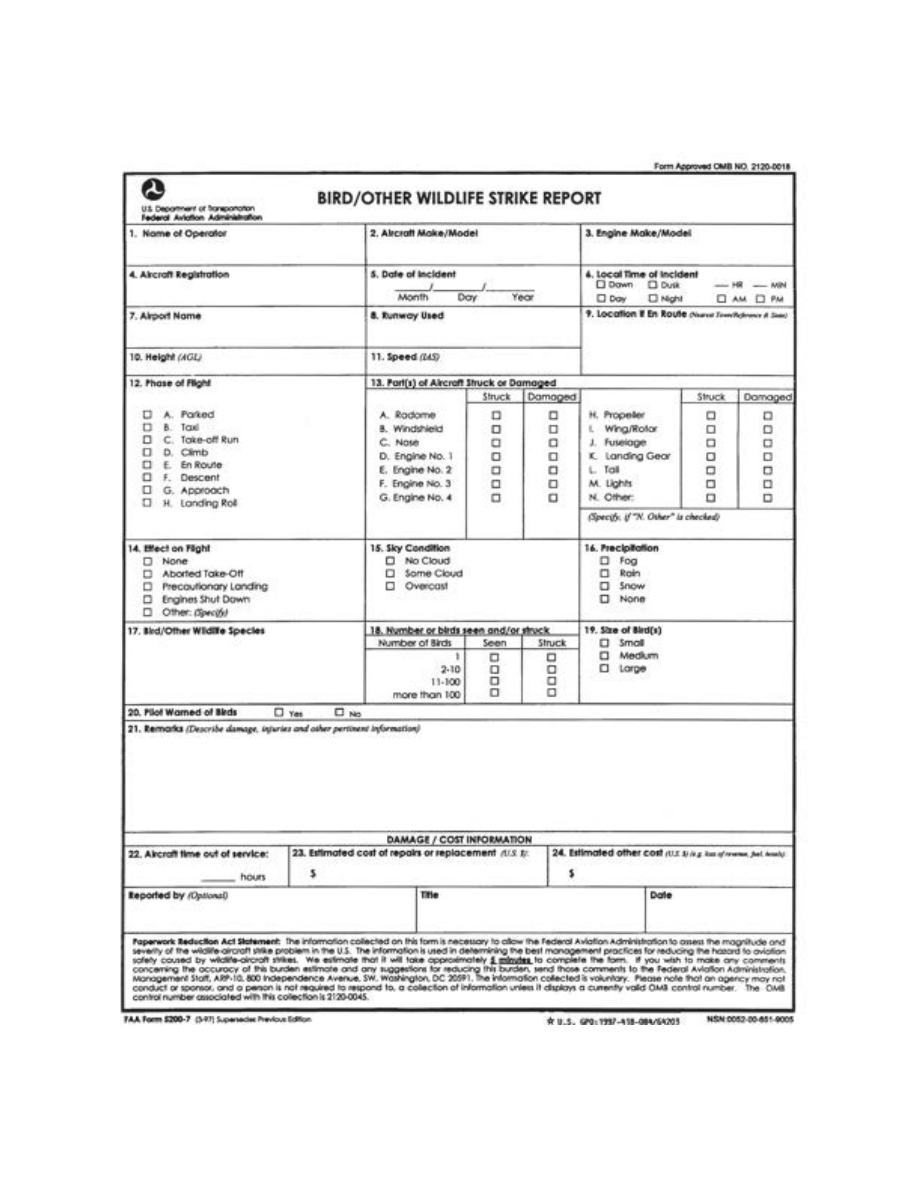
4/20/23
AIM
Section 3. Large UAS (MGOW 55 Pounds or More)
11
−
3
−
1. Large Public UAS Operations
a.
Large public UAS may have wingspans as large as commercial airliners, and may operate in and out of
public/military dual
−
use airfields. Due to the high altitudes at which these UAS routinely operate, and the means
through which they reach and vacate operating altitudes, encounters with manned or low
−
altitude unmanned
traffic are rare.
b.
Public users operating as “public aircraft” retain the responsibility to determine airworthiness and pilot
qualifications. Aircraft certification and operating rules apply to the entire UAS, including the aircraft itself, the
flight crew with their associated qualifications, the control station, and command and control links.
NOTE
−
Large UAS operating in controlled airspace generally communicate on radio frequencies or through an ATC
−
to
−
PIC
ground communications link assigned to that sector, terminal area, or control tower. The UAS PIC is required to comply
with all ATC instructions and uses standard phraseology per FAA Order JO 7110.65, Air Traffic Control, and this manual.
REFERENCE
−
49 USC 40102, Definitions.
49 USC 40125, Qualifications for Public Aircraft Status.
FAA Order JO 7110.65, Air Traffic Control.
AIM, Para 11
−
4
−
3, Airspace Access for Public Aircraft Operations PAO.
c.
Operating characteristics of large public UAS. To illustrate the sizes and performance of large public UAS,
consider the DoD UAS classification system. The categories (see FIG 11
1) are separated based on MGOW,
normal operating altitude, and flying speed. These classifications do not apply to non
−
DoD civil aircraft.
Generally, Groups 1 through 3 UAS will operate on and above military bases, in restricted or prohibited airspace.
For this reason, these smaller tactical public aircraft will rarely be encountered by civil pilots. Groups 4 and 5
are the largest of DoD UAS, weighing over 1,320 pounds, and operating at all speeds and altitudes. Group 4
aircraft operate at all altitudes, usually below 18,000 feet MSL. Group 5 aircraft typically operate well above
18,000 feet MSL. UAS in Groups 4 and 5 require airfields with specially approved surfaces to safely operate.
For specifications and descriptions of the aircraft models that the DoD operates, refer to military service fact
sheets.
NOTE
−
1.
The category chart does not specify the actual high gross weights at which some DoD UAS actually operate. For
instance, the RQ
−
4 Global Hawk regularly operates at approximately 32,000 pounds.)
2.
JP 3
−
30, III 31, Joint Publication 3
−
30, provides the UAS Categorization Chart and may be reviewed at:
https://www.jcs.mil/Portals/36/Documents/Doctrine/pubs/jp3_30.pdf?ver=2019
657.
3.
These websites provide unclassified descriptions, performance, and specifications of the varied UAS in the DoD’s large
category fleet: USAF Fact Sheets at https://www.af.mil/About
Sheets/ and USN Fact Files at
https://www.navy.mil/Resources/Fact
Large UAS (MGOW 55 Pounds or More)
11
−
3
−
1